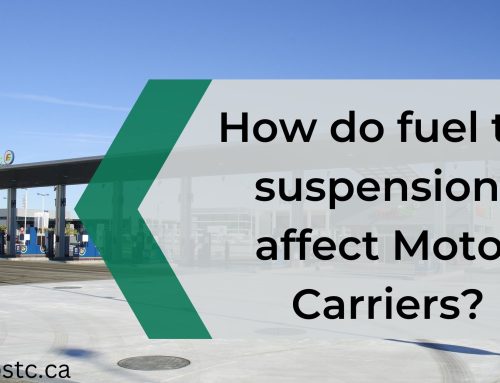Trucking is obviously one of the most regulated industries in the United States. While many trucking companies may feel that the industry is over-regulated, with numerous requirements that drivers have to meet, making it very difficult to get certified, given that the process of obtaining a commercial driver’s license is quite expensive and complicated
, which deters many people from starting a career as truck drivers. Also, carriers are subject to numerous regulatory hurdles that are very costly, as well as tax burdens, which only adds to their operating costs, that are already pretty high as it is, and increases the price of the products that are subject to those regulations.

However, trucking needs to be under regulation because of the risks and safety and health hazards that are involved in road freight transport. Transporting cargo, particularly hazardous materials, may pose risks to the health and safety of the general public and cause serious traffic problems, which is why both companies and truckers need to be well trained and know how to secure, load, and unload the materials they are transporting, and be familiar with the safety procedures for the specific cargo they are hauling.
Carriers have to be aware of the occupational health and safety policies that apply to trucking companies, and comply with the regulations that have been put in place to help protect the health and safety of employees. Some of the most significant regulations have to do with vehicle maintenance, loading and unloading, and highway driving.
The U.S. Occupational Safety and Health Administration (OHSA) regulates vehicle maintenance tasks and mandates that all vehicles are road worthy, listing a series of requirements that vehicles have to meet. Vehicles have to be equipped with warning signals, operable lamps, retroreflective sheeting and reflex reflectors, air pressure and vacuum gauges, among other things.
When it comes to industry hazards that have to do with loading and unloading, there are several training requirements issued by the OHSA, that truckers and forklift operators have to comply with. Many of these regulations are focused on the training requirements that apply to workers who are loading and unloading flammable liquids and hazardous materials, and have to be able to operate a forklift in a safe manner, so that they don’t get injured by a fallen or overturned forklift.
As far as hazards related to interstate and intrastate highway driving are concerned, there are a few regulations that carriers have to be familiar with. Some of them are focused on passenger and pedestrian safety, and others have to do with preventing worker injuries and deaths from motor vehicle accidents.
In conclusion, all trucking companies have to be familiar with the Occupational Health and Safety policies, that are intended to ensure a safe and secure transportation of goods and protect the health and safety of workers in the trucking industry, by focusing on worker training, inspections of the workplaces, fire prevention, vehicle maintenance and repairs, evacuation procedures, analysis of traffic-related motor vehicle crashes, and making sure that all employees are aware of the safety procedures and follow them at all times.
Submitted by guest author: Jordan Perch
photo credit: sublime973 via photopin cc






Leave A Comment
You must be logged in to post a comment.